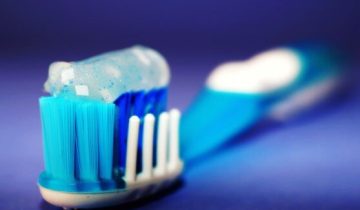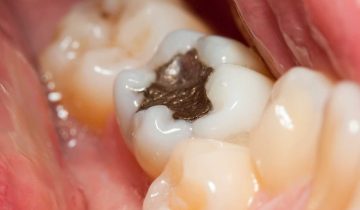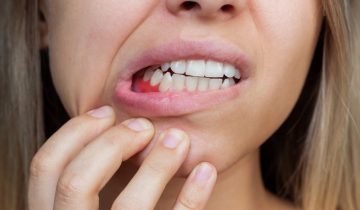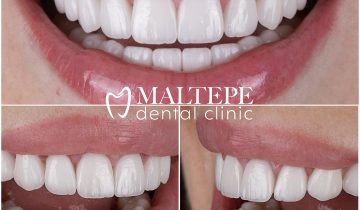Last updated on July 26th, 2023
Dental floss is a special thread designed to clean between two teeth. As is the case, toothbrushes can hardly reach the whole tooth, but dental floss can give you proper interdental cleaning. Thereby, regular flossing, removing dental plaque and debris effectively, protect you from tooth decay and gum diseases. It also helps reduce bad breath caused by plaque and food debris.
How To Choose Dental Floss?
Here are some factors to consider when choosing dental floss:
- Waxed or unwaxed: Waxed floss is easier to glide between teeth, but it can also be more likely to shred. Unwaxed floss is more abrasive, but it is also less likely to shred.
- Thickness: Thinner floss is easier to use between tightly spaced teeth, but thicker floss is more effective at removing plaque.
- Flavor: Floss is available in a variety of flavors, such as mint, cinnamon, and bubblegum. Flavored floss can help to make flossing more enjoyable.
- Brand: There are many different brands of dental floss available. Some brands are more expensive than others, but there is no difference in effectiveness between brands.
- ADA Seal of Acceptance: The American Dental Association (ADA) has a Seal of Acceptance for dental floss. This means that the floss has been tested and approved by the ADA.
- Experiment with different types of floss. Find a type of floss that you find comfortable and easy to use.
What are the Common Types of Floss?
Regular flossing is an essential part of dental care at home. But choosing the right floss can be overwhelming for some people. One important thing to consider would be how close your teeth are to each other. Of course, some other factors are depending on your preferences. Here are the most common floss types:
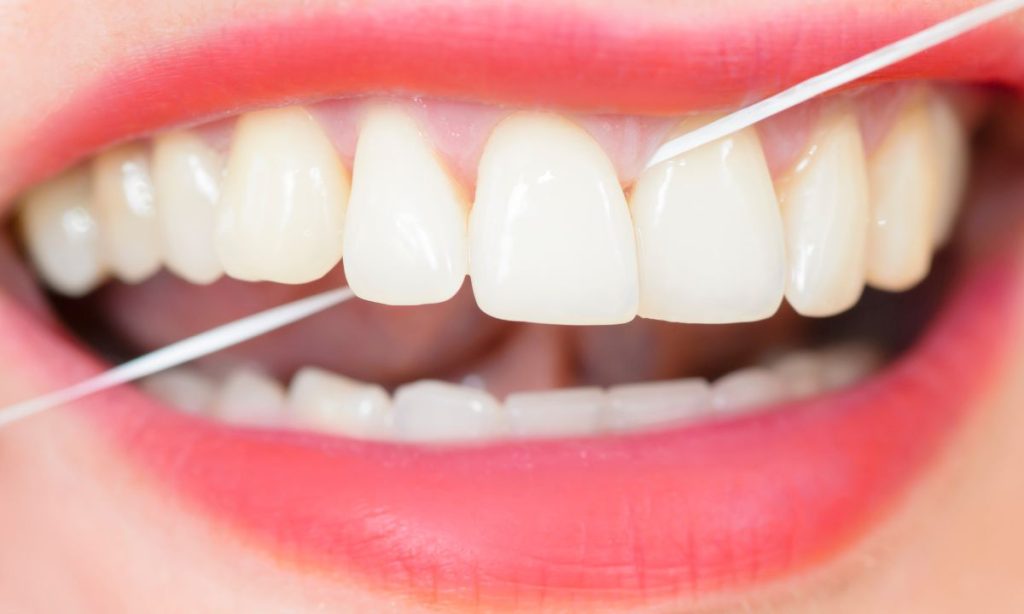
Dental Tape: It is a thick tape like floss. It is better for those having wider gaps between teeth. But it can be hard to use in crowded teeth.
PTFE (Polytetrafluorethylene) Floss: Polytetrafluorethylene is a slick, thin, and soft material that can easily slide between the teeth. It works well in crowded teeth structures.
Super Floss: It is a special type of floss designed to clean teeth that require extra care due to certain treatments such as bridges or braces. It is also good for people with wider teeth gaps.
Flavored Floss: It is not a type of floss, but some floss types listed above, like dental tape, are offered with a flavored option. Technically, there is no difference between flavored and unflavored flosses, but you might be more motivated to floss regularly when it is flavored.
Waxed Floss: Some flosses are waxed so that you can use them more comfortably with tightly packed teeth. It is also good for teeth with braces. Alternatively, unwaxed flosses can make a squeaking noise when your teeth are clean, which is a signal for you to finish flossing. Technically, either waxed or unwaxed floss is fine if you floss regularly.
Electric Flosser (Dental Floss Brush): It is similar to an electric toothbrush in design. But it sends steady pulses to the teeth and the spaces in between. It can be a better option for those who don’t like traditional flossing.
Which Type of Dental Floss Works Best?
According to Heasman P (2008), Restorative dentistry, pediatric dentistry, and orthodontics (2nd ed.), Edinburgh: Churchill Livingstone. p. 37. ISBN 9780443068959, You can’t go wrong with the floss type as long as you floss regularly. Even the least expensive type of floss can give the same oral hygiene as any other floss.
How To Use Dental Floss?
Flossing is one of the most effective ways to prevent tooth decay and several gum diseases. Since you can do it at home without any professional aid, it is a highly practical and cost-effective habit to ensure oral health.
While flossing regularly is of great importance, you can’t underestimate the value of flossing properly, which will affect your oral hygiene significantly. Here we are explaining the flossing steps to help you get the greatest benefit from flossing. Note, that the steps described here are for dental floss string. Dental floss picks are not considered here as they don’t require a lot of technical knowledge.
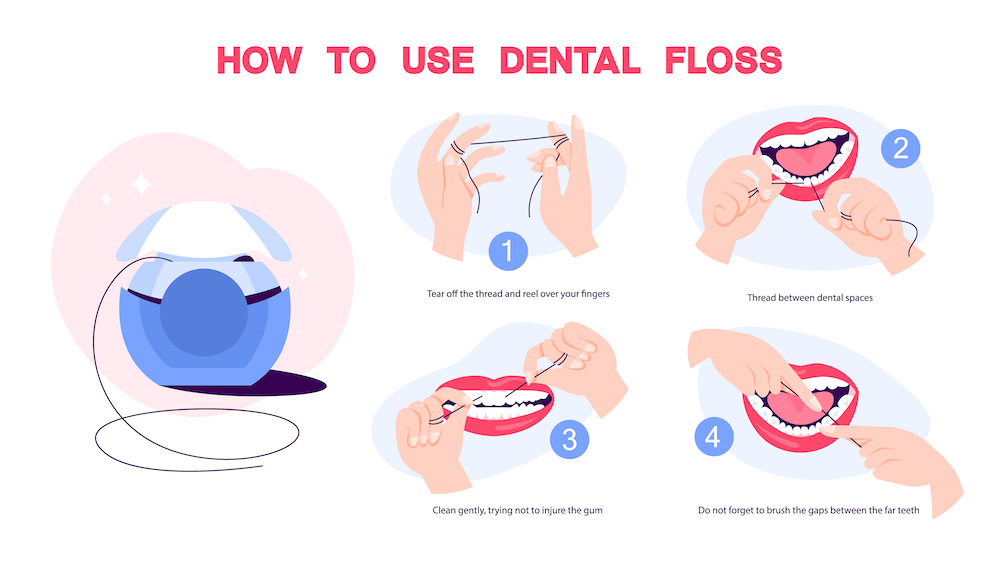
- Cut 50 cm (around 18 inches) of the floss string and wind each end of it around your index fingers on each hand.
- Use your thumbs and middle fingers on each hand to help your index fingers. It will help you guide and direct the floss between your teeth.
- Wrap the floss around the teeth gently.
- Slide it between the teeth down to the gum line.
- Normally, 8-10 strokes for each side of the tooth is enough.
- Try to go in order while flossing so that you don’t miss any teeth.
- You can rinse your mouth with mouthwash when you are done with flossing.
Here is a nice video showing how to do oral cleaning using dental floss.
Can I use Dental Floss with Braces?
Yes, you can use dental floss with braces. However, it is important to use the right type of floss and to floss correctly. Here are some tips for flossing with braces:
- Use waxed floss. Waxed floss is less likely to shred and get stuck in your braces.
- Use a floss threader. A floss threader is a small, plastic tool that helps you to thread the floss under your brace’s wires.
- Floss slowly and carefully. Take your time and be gentle so that you don’t damage your braces.
- Floss between each tooth. Be sure to floss all the way to the gum line.
- Floss twice a day. Flossing once a day is not enough to remove all the food particles and plaque that can build up around your braces.
When Is The Best Time To Floss?
Nothing is more important than flossing on a regular basis. The American Dental Association (ADA), for example, recommends flossing once a day and brushing with a toothbrush twice a day. However, they say the best time for flossing is the time that fits an individual’s daily schedule. By the way, it is not advised to floss immediately after brushing your teeth.
FAQS About Dental Floss
You can find some of the most popular questions about flossing in this section.
Does dental floss help with bad breath?
Yes, flossing can help with bad breath. Bad breath, also known as halitosis, is caused by a build-up of bacteria in the mouth. These bacteria feed on food particles and plaque, which can release foul-smelling gases. Flossing helps to remove food particles and plaque from between your teeth, which can help to reduce the number of bacteria in your mouth and improve your breath.
What Does Bleeding While Flossing Mean?
It is normal if you are new to flossing. But if not, you should see your dentist as bleeding gums might indicate gum disease.
Do I Floss Up And Down Or Side To Side?
You should do both moves to ensure you are flossing properly.
What Are Some Mistakes People Make When They’re Flossing?
Making only side-to-side motions or up-and-down moves instead of doing both of them.
Quitting flossing upon seeing blood though it is normal most of the time.
Should I Brush Or Floss First?
According to a Journal of Periodontology (JOP) study, in 2018, tooth brushing after flossing is more effective than the other way around as it helped to reduce the amount of interdental cleaning and results in higher fluoride concentration in interdental plaque.
Can I Rinse And Reuse Floss?
No, you shouldn’t. Once you use a piece of floss, it usually accumulates bacteria, and reusing it might damage oral hygiene.
Can I Use Dental Floss Every Day?
Yes. The American Dental Association (ADA) recommends flossing once a day.
Can Flossing Damage Gums?
Yes, flossing too hard might damage your gums.
Should You Touch Your Gums When Flossing?
The gum line should be your limit when you floss your teeth. Though a gentle touch is fine, putting pressure on the gums might create problems.
Why Do My Teeth Feel Loose After Flossing?
It is probably because you have gum disease, or you are flossing against the teeth and gums harder than you should be.
SOURCES
https://www.ada.org/resources/research/science-and-research-institute/oral-health-topics/floss
https://aap.onlinelibrary.wiley.com/doi/10.1002/JPER.17-0149
https://en.wikipedia.org/wiki/Dental_floss
https://www.mouthhealthy.org/en/az-topics/f/Flossing%20Steps
https://www.adha.org/resources-docs/7222_Proper_Flossing.pdf
https://www.wikihow.com/Floss

